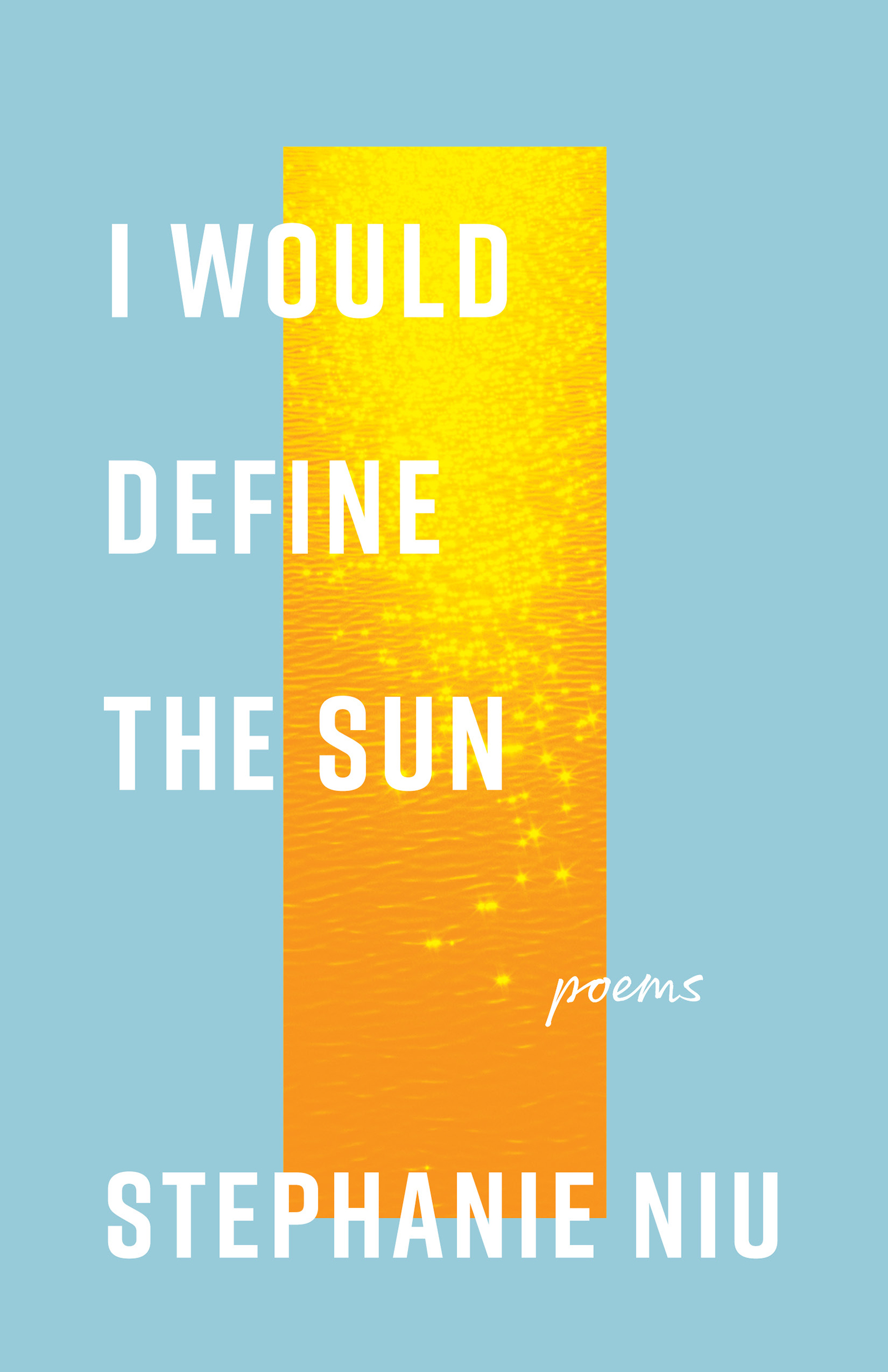
"We are blessed to have these poems."
—Li-Young Lee, author of The Invention of the Darling
"Niu has a sense of humor about the peculiarities of our age, and demonstrates an elegant sense of form in every poem."
—Dana Levin, author of Now Do You Know Where You Are
"[Niu] exercises an expanse of seeing fitting for the complexity of our world."
–Major Jackson, author of Razzle Dazzle
Winner of the Vanderbilt University Literary Prize